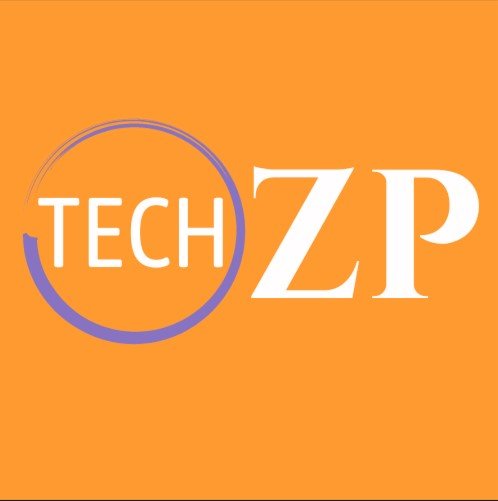OpenAI has released two new models called o1 and o1-mini to make the AI work more intelligently with difficult tasks. Following much speculation, the release signals that OpenAI as an organization is still marching forward on its journey to developing AI technology by introducing new models aimed at science, coding, and math.
According to a recent blog post, These new models referred to by their internal codename “Strawberry” are new beginnings in the AI series from OpenAI. The models o1 and o1-mini represent a significant change by resetting the version counter to “1.” They are crafted to be slow to process responses, which betters their performance in intricate fields like thoughtful thinking and problem solving.
Presently, ChatGPT Plus and Team customers can access two versions: o1 and o1-mini. These users can choose which models to manually pick from the model picker. But they have usage limits: o1-preview—up to 30 messages in a week, and o1-mini—up to 50 messages in a week. OpenAI hopes to remove these limitations at some point, with the end goal of having ChatGPT automatically select which model termperament fits the task. ChatGPT Enterprise and Educational users will then gain access to these models starting next week and eventually make o1-mini available to Free users too.
It will be the o1 model, which has significant improvements in a few of the technical areas. Scoring an 83% in the International Mathematics Olympiad (IMO) qualifying exam, which was quite a jump from GPT-4o’s 13%. The o1 model appears to reach human level accuracy on PhD-level tasks but still outperforms other SOTA on benchmarks in science and programming with the words beyond mathematics. It is what we call data-basised programming—the model has been kind of trained to be like a human’s approach to reasoning, has been tuning in its stragies, and has been learning from its worst mistakes.
These new applications have wide relevance in a range of domains. In science and research, o1 can help health care professionals to annotate cell sequencing data or facilitate physicists in producing complex formulae. These models can be used by developers to manage the complex multi-step workflows that are common in industries where accuracy and advanced problem resolution are paramount.
OpenAI hopes to improve these services by adding browser capabilities and making it possible to upload files and images this way. That will help the o1 and o1-mini to be more general-purpose, suitable for a broader range of user queries than text-based tasks.
OpenAI emphasizes the importance of using these models responsibly, especially in areas where any mistakes made can be severe. The company understands that where such powerful tools are concerned, there is no question: this kind of AI should be regulated and governed and used cautiously to ensure they continue to create positive social and economic opportunities.
This release shows how far we have traveled in AI capabilities, being used more and more to speed up processing and accuracy of scientific research, coding, and solving technical problems.
RELATED TOPIC:
AI in Education: Impact on Students and Teachers

TechZooPark brings you the Newest Gadgets, Smartphones, and tech Breakthroughs Technology. We offer detailed reviews, expert insights, and the latest news to make advanced tech easy to understand. Stay updated with TechZooPark as we dive into the innovations shaping our future.







